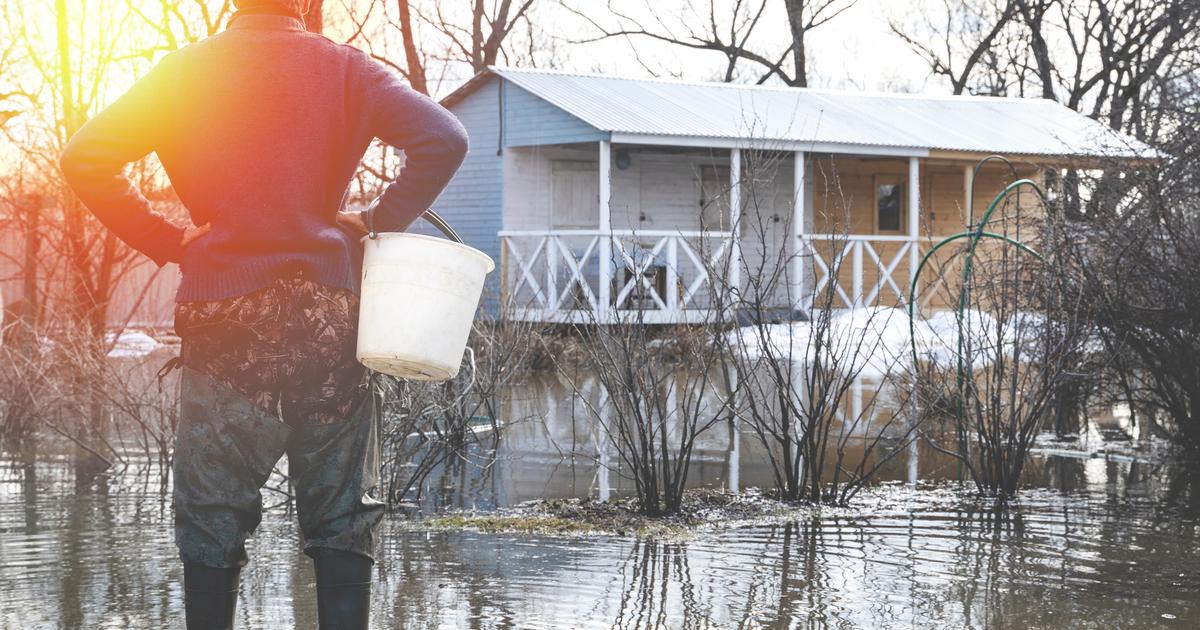A torrential rain has hit your garden, turning it into a natural pool and creating an excess in the ground.
With some effort and equipment, this event will soon be just a bad memory.
To discover
January: what vegetables and fruits are in season?
How do I drain the remaining water in my garden?
By drainage
Installing a drain pipe under the ground or at the bottom of your gutter allows water to escape to the main drain.
Be careful, however, to avoid placing it near electrical cables for more safety.
By spreading
Water spreads through the soil naturally.
Via ditches or canals
You can dig trenches to facilitate the evacuation of water more quickly.
By a pump system
After digging pits, the installed pump will play a role of suction of the water to evacuate it further on the ground, gradually.
With a water collector
Placed in a strategic place such as under a gutter or near the vegetable garden, the water collected in a container is always that much less in the soil of the lawn or plantations.
Economic question also to reuse it for watering plants or cleaning the terrace and garden tools.
Install a dry well
If you have slightly sloping ground, you can, at the end, make a cesspool in which the water will flow naturally without flooding the other areas of the garden.
What to do after the water has been removed?
Protect the floor
It is advisable to avoid trampling on the ground already weakened by precipitation.
Walking on the earth will compact it and weaken it further.
Relative cleaning
A major cleaning is needed so that the garden regains its splendor as soon as possible.
While waiting for the water to withdraw naturally, you can, for example, remove the surplus from the puddles via channels.
remove mud
To avoid damaging your plantations, it is recommended to remove it as much as possible because of its pollutant content.
Pick fruits and vegetables
If your lettuces and other potatoes have been bathed in stagnant water but are in a picking state, do not wait to eat them before they rot in the following days.
Replant
A time of at least three weeks is recommended for planting to take place in the best conditions, once the soil is dry and suitable.
Uproot if necessary
If you are concerned that your shrub will recover from this rain ordeal, you can inspect its roots.
If they are white, it will continue as before.
If they are brown, remove them to facilitate an easier and faster recovery.
Read alsoHow to protect your garden from flooding?
How to limit the risks of future floods?
If your home is in a region regularly affected by rainfall, it is recommended that you equip your land with the various techniques above, so that the water does not stay too long and damage your soil and your plants.
Absorbent plants with deep roots (bamboo, common reed in particular), hedges and groves, for example willows or the chokecherry can also play a role of regulation and irrigation which makes it possible to retain the soils by their strong rooting.
A rain garden can also make your efforts easier and reduce water flow.

